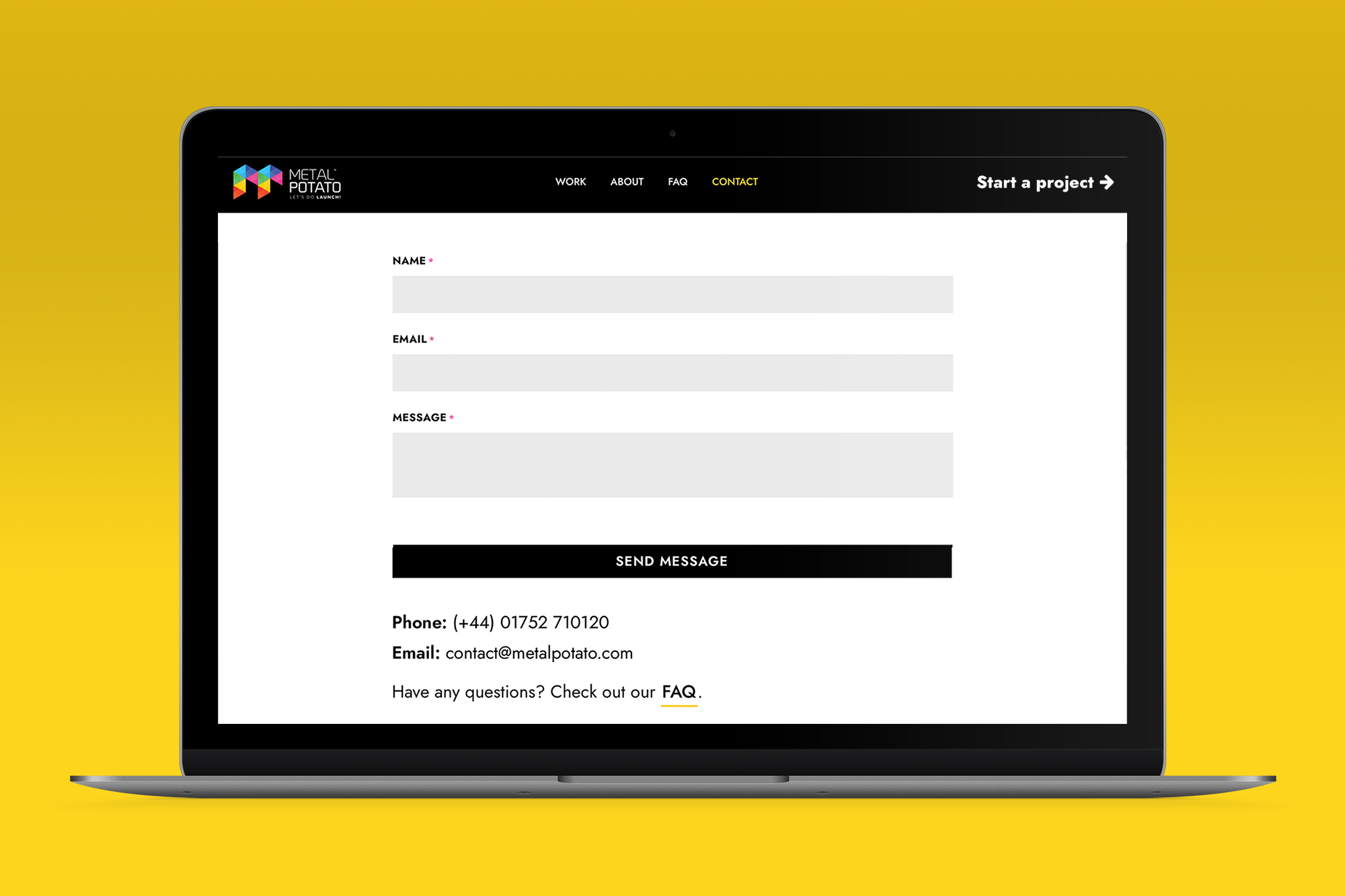Getting negative reviews as a business owner will always feel like a punch to the gut. They have the potential to harm your reputation and drive potential customers away. However, with the right mindset and approach, negative reviews can be turned into opportunities for business growth.
In this comprehensive guide, we will explore effective strategies and tactics to make the most out of negative reviews and use them as stepping stones towards success.
The power of online reviews
Before diving into the strategies, let’s first understand the power of online reviews. According to TrustPilot, almost nine out of every ten consumers globally attempt to read online reviews before making a purchase. Additionally, 76% of consumers trust online reviews just as they do personal recommendations, as reported by Brightlocal. These statistics highlight the significance of online reviews in shaping consumer perceptions and influencing their buying behaviour.
Understanding the reasons behind negative reviews
Negative reviews can stem from various reasons, and it’s crucial to identify the underlying causes. By understanding the root causes, you can address the issues effectively and prevent similar negative experiences in the future. Some common reasons for bad reviews include:
- Poor customer service: Customers expect exceptional service, and any shortcomings in this area can lead to bad reviews.
- Product quality issues: Defective or subpar products can result in dissatisfied customers leaving negative feedback.
- Miscommunication or misunderstanding: Sometimes, poor reviews arise from miscommunication or misunderstandings between the business and the customer.
- Unmet expectations: If customers feel that their expectations were not met, they may express their disappointment through reviews.
- Technical glitches or operational challenges: Issues related to website functionality, payment processing, or other technical aspects can frustrate customers and prompt them to leave negative reviews.
By identifying the specific reasons behind reviews, you can tailor your response and address the underlying issues effectively.
Responding to negative reviews
Crafting a thoughtful and strategic response to bad reviews is crucial. It not only shows your commitment to customer satisfaction but also demonstrates your brand’s professionalism and willingness to improve. Here are some key tips for responding to those reviews:
1. Respond promptly and thoughtfully
When a customer leaves a review, it’s important to respond promptly. Customers expect a timely acknowledgement of their concerns. Aim to respond within 24-48 hours to show that you value their feedback. Craft your response thoughtfully, taking into consideration the specific details mentioned in the review.
2. Show empathy and understanding
Empathy is a powerful tool when addressing negative reviews. Put yourself in the customer’s shoes and acknowledge their frustration or disappointment. Begin your response by expressing empathy and understanding for their experience. This helps establish a connection and shows that you genuinely care about their concerns.
3. Apologise and take responsibility
Taking responsibility for any mistakes or shortcomings is crucial in turning negative reviews around. Even if the customer’s complaint seems unfounded or exaggerated, avoid getting defensive and instead offer a sincere apology. By acknowledging any missteps on your part, you demonstrate accountability and a willingness to make things right.
4. Provide a solution or resolution
After apologising, focus on offering a solution or resolution to the customer’s problem. Depending on the nature of the issue, this could involve providing a refund, offering a replacement product, or suggesting alternative options. Tailor your response to address the specific concerns raised in the review, and strive to find a mutually satisfactory resolution.
5. Take the conversation offline
While it’s important to respond to negative reviews publicly, it’s equally important to take the conversation offline when necessary. If the issue requires further discussion or sensitive information, politely request to continue the conversation via email, phone, or another private channel. This demonstrates your commitment to resolving the issue and ensures customer privacy.
6. Learn from the feedback
Poor reviews provide valuable insights into areas where your business can improve. Use this feedback as an opportunity to learn and grow. Analyse the recurring themes or issues mentioned in reviews and identify areas for improvement. Share this feedback with your team and implement necessary changes to prevent similar negative experiences in the future.
7. Encourage positive reviews
Balancing negative reviews with positive ones is essential for maintaining a favourable online reputation. Actively encourage satisfied customers to leave positive reviews. This can be done through follow-up emails, social media campaigns, or even incentives such as discounts or loyalty rewards. By increasing the number of positive reviews, you can help counterbalance the impact of negative feedback.
8. Monitor and respond consistently
Monitoring your online reputation is an ongoing process. Regularly check review sites, social media platforms, and other online channels for new feedback. Respond promptly and consistently to all reviews, whether positive or negative. Consistency in your responses shows your commitment to customer satisfaction and builds trust with potential customers.
Case studies: turning negative reviews into success stories
To illustrate the effectiveness of these strategies, let’s explore a few real-life examples of businesses that successfully turned negative reviews into opportunities for growth.
The coffee shop with customer service issues
A local coffee shop received several negative reviews highlighting issues with slow service and rude staff. Instead of ignoring or denying these reviews, the coffee shop’s owner took a proactive approach. They responded to each negative review with a personalised apology and a promise to address the issues. Additionally, they provided training to their staff on customer service best practices.
Over time, customers noticed the improvements and began leaving positive reviews praising the coffee shop’s excellent service. By actively addressing the negative feedback, the coffee shop not only improved its online reputation but also created a loyal customer base.
The eCommerce store with product quality concerns
An eCommerce store faced negative reviews due to product quality issues. Instead of dismissing the complaints, the store’s management took immediate action. They revamped their quality control processes and offered refunds or replacements to affected customers. In their responses to negative reviews, they expressed genuine concern and provided evidence of the steps taken to rectify the situation.
As a result, customers started leaving positive reviews about the store’s excellent customer service and commitment to product quality. The store’s reputation improved, leading to increased sales and customer loyalty.
Conclusion
Negative reviews may initially seem like a setback, but with the right approach, they can be turned into opportunities for business growth. By responding promptly, showing empathy, and taking responsibility, you can address customer concerns and demonstrate your commitment to their satisfaction.
If you need assistance in handling negative reviews or improving your overall online presence, feel free to contact our team to learn more about our services and the ways in which we can empower your online success.
Let's make a website!
Book a FREE video call to discuss your business, project strategy, and more!
"*" indicates required fields
More from Metal Potato
How to Write SEO Content That Converts
How to craft SEO content that climbs rankings! Strategies for keyword targeting, readability, and engaging writing techniques.
Contact Page Design: A Blueprint for Success
Learn how to optimise your contact page for better engagement and conversions with expert tips and inspiring examples.
Why Your Website Isn’t Showing Up on Google
Discover why your website isn't showing up on Google and learn actionable solutions to boost your visibility!
How Google Remarketing Rescues Lost Customers
Revive lost leads with Google Remarketing! Target engaged visitors, boost ROI with personalised ads across Google platforms.
Unmasking SEO Scams and Safeguarding Your Website
Guard your business against SEO scams! Uncover deceitful tactics, red flags, and empower your online success with our tips.
How Often Should You Blog?
Optimise your blog's success with the perfect posting frequency! Learn to balance consistency, quality, and engagement for organic growth.






